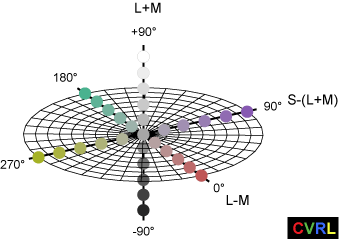

Figure 3.11.16 from Stockman, A., & Brainard, D. H. (2009). Color vision mechanisms. In M. Bass, C. DeCusatis, J. Enoch, V. Lakshminarayanan, G. Li, C. Macdonald, V. Mahajan & E. van Stryland (Eds.), The Optical Society of America Handbook of Optics, 3rd edition, Volume III: Vision and Vision Optics. New York: McGraw Hill.
Derrington-Krauskopf-Lennie (DKL) color space. The grid corresponds to the isoluminant plane, which includes the L-M (0º - 180º) and S (90º - 270º) cardinal axes. The vertical axis is the achromatic L+M+S axis (-90º - +90º). The representations of the colors along each axis are approximate, but notice that the unique hues do not align with the cardinal axes. Figure provided by Caterina Ripamonti.
A widely used color space, known as the “Derrington-Krauskopf-Lennie” (DKL) space, in which the coordinates represent the purported responses of the three second-site colour discrimination mechanism, L+M, L–M, and S–(L+M). The modulation directions that change the response of one of these mechanisms while leaving the response of the other two fixed are referred to as “cardinal directions.”
Derrington, A.M., Krauskopf, J., & Lennie, P. (1984). Chromatic Mechanisms in Lateral Geniculate Nucleus of
Macaque. Journal of Physiology, 357, 241–265.